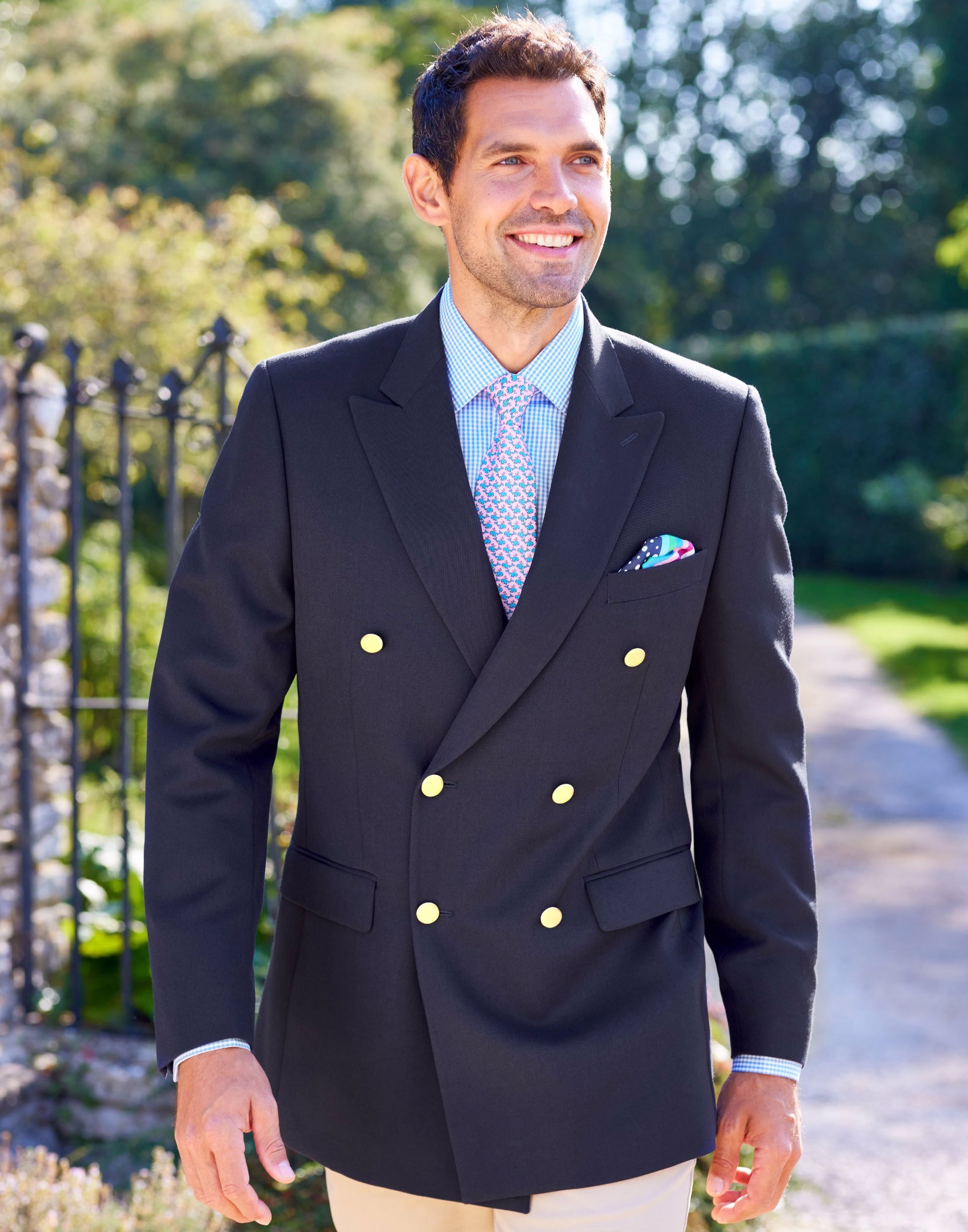
Photo by THE MAKEUP MAACHINES on Pexels.com
Updated: March 2023 Imran Raza
MRKT1299 Consumer Behavior: I have listed below concepts relating to “Culture and the Consumer” that you may use as part of your weekly consumer behavior project in class. You may also use concepts relating to “Culture” that I have not listed, if you feel they apply to the brand or company that you have chosen for your semester project.
CULTURE AND THE CONSUMER
- Culture: Simply put culture is a collection of learned beliefs, values, and traditions, the personality of the society in which we live. Marketers do incorporate culture in their marketing strategy that could impact all the 4 P’s. McDonald’s offers a spicy kebab roll in Pakistan in spacious almost luxurious outlets compared to Canada, their pricing is based on the PPP (Purchasing Power Parity) of the country, as also reflected in the famous Big Mac Index published yearly by “The Economist.” McDonald’s promotions would also reflect the values and traditions of the local culture.
- Aspects of Culture: A culture continuously evolves and is impacted by three components, “Ecology, Social Structure, and Ideology.” Ecological factors describe the physical environment and habitat of a particular place and how people adapt and live in it. In Japan as space is at a premium with smaller living areas, Johnson & Johnson reformulated their baby powder so when mothers used it in the living area it wouldn’t fly into the kitchen area as Japanese are highly particular about cleanliness. India offers a good example of social structure in the way extended families are the dominant way families live in homes, with up to three generations living together. Marketers can then offer products in larger or economy size packaging, the Costco concept would work really nicely. Ideology reflects how the Japanese give precedence to the group rather then individual goals.
- Individualist Culture vs Collectivist Culture: Individualist cultures place a greater emphasis on self-reliance, initiative, and personal goals. Strongly Individualist cultures are Australia, England, and America. In collectivist cultures people tend to live in extended families with group identity and loyalty being of primary concern and subordinate to personal goals. Some collectivist countries are, Pakistan, Portugal, Greece, Turkey, and Thailand. In collectivist cultures such as Pakistan and India, Life Insurance products are heavily advertised on TV as a way to secure the families future. as opposed to almost non-existent advertising in individualist cultures.
- Food Culture: Food culture refers to the values, beliefs, and practices surrounding the production, distribution and consumption of food. Canadian food culture is diverse with a rich mosaic influenced by many traditions and recipes from around the world. Every region in Canada has its unique take on food, be it the lobster laden Atlantic provinces, the pervasiveness of Quebecois poutine, or the adaptability of Chinese Canadian food. McDonald’s offers the McLobster which is only offered in the Atlantic or New England region in summer. Likewise as McDonald’s expanded internationally it adapted its cuisine to local taste buds, in Pakistan offering a more spicier McArabia, and in India McAloo Tikki a spicy potato burger.

- Myths: Myths are traditional stories based on the early history of a people or explaining natural or social phenomenon, and may typically involve supernatural beings or events. Like the fabled legend of the Loch Ness Monster or Bigfoot. Companies may have created their own myths and legends as Chrysler did with Lee Iacocca. What about Coca-Cola’s scandalous past regarding cocaine, is it true or a myth to generate controversy about the brand, could make for a good in-class discussion next week.
- Ritual: A ritual could comprise a set of fixed actions and sometimes words performed regularly, especially as part of a routine. Smoking a cigar after dinner, in his rocking chair was my uncle’s daily ritual, what’s your favorite ritual is it coffee and the newspaper first thing in the morning, what was your ritual today? Business’s are keen to play their part in this ritual consumption and make a neat profit doing so. Wedding stores for example will easily persuade you to partake of 10 dollars to buy that lucky penny as apart of several ritual artifacts you will need for the special occasion. There are many other ritual occasions like, grooming rituals, holiday rituals, and gift-giving rituals at Valentines or Christmas.
- Sacred vs Profane Consumption: The sacred refers to those collective representations that are set apart from society, and inspire awe, respect and reverence. Profane on the other hand is everything else, the mundane things and the humdrum of ordinary life, like our everyday commute to work. For instance restaurants like to keep their lobster entree expensive projecting sacredness in-spite of the wholesale prices dropping to all time lows in New England and on the Eastern Canadian coast. On the other hand, Lacoste, languishing under General Mills ownership, turned a prestigious brand into more of a profane one, by placing their iconic green crocodile logo on a wide variety of products thus cheapening it in the eyes of consumers, ignoring that scarcity adds value.

- Sacralization vs Desacralization: Sacralization can occur when ordinary objects, or even occasions can be given special meaning in a culture. As in “Starbucks” making coffee drinking a special occasion with its cafes and products designed to offer the consumer a satisfying experience, with consumers spending a good hour or more relaxing and enjoying the social experience. Desacralization is the opposite of sacralization whence an object or occasion of great importance or prestige is made common and loses its luster. For example airline travel in the era before the Airline Deregulation Act of 1978, was quite the luxury afforded by the few and rich. With the deregulation came over 200 airlines and cheap fares, desacralizing the experience to a great extent but also making air travel affordable for the masses.
- Etic Perspective vs Emic Perspective: Should marketers focus on the similarities or differences between cultures. An Etic perspective focuses on the commonalities across cultures, for marketers it affords the advantage of economies of scale by developing a common marketing and communication strategy across multiple markets instead of developing separate strategies. Parker Pen employs the etic perspective by offering similar products through common strategies across the globe. However the emic perspective views cultures as different with their unique value systems, traditions, and beliefs. So focusing more on variations in cultures. After Disney’s initial disaster in Euro Disney, they adapted to European tastes and historical culture by bringing in local characters instead of Mickey and Donald and started serving wine in the park with meals. Many international corporations now find using a “Glocalization Strategy” where they blend local tastes with global considerations like McDonalds practices worldwide.
- Creolization: In the context of consumer culture and globalization, creolization would refer to consumption patterns that combine elements of local and foreign consumption traditions, blending foreign influences with local meaning. In Pakistan locals have enjoyed the arrival of the Western brand Pizza Hut and have integrated it with their own cuisine with pizzas like, chicken tikka pizza and seekh kebab pizza, great favorites on the menu.
- Product Placement: Product placement refers to the visible placement of branded merchandise in television shows, movies, and video games. In the Bond movie, “Casino Royale” took a more exclusive approach to product placement. When asked by Bond girl Vesper if his watch is a Rolex, Bond replies “Omega.” The movie contained a host of product placements including, Aston Martin DBS, Sony Erickson, Heineken and of course Omega watches. Branded content sometimes also called product integration or branded entertainment, takes things a step further by weaving the brand into the story-line of a show as successfully portrayed in the hit reality show The Apprentice, where in one episode the contestants were required to work with Burger King in creating a new menu item for the fast food giant and sell it on the streets of New York.
- Types of Innovations: In a continuous innovation companies make gradual continuous improvements like Gillette does by adding an additional blade every few years. Under dynamically continuous innovation Gillette made a more apparent change by adding a battery to vibrate the razor head for an even closer shave. An example of a discontinuous innovation would be completely changing the way we do things, like the introduction of the microwave in the 70’s or the internet in the 90’s and the next big one would be the self-drive car.

- Prerequisites for Successful Adoption: Compatibility e.g. Cream hair remover. Trialability e.g. Beta versions, free trials, Costco. Complexity e.g. Xerox copier. Observability e.g. Fanny pack. Relative advantage e.g. Microwave oven.
- Trickle-Down Theory: An economics theory when applied to fashion, offers a straight forward way of predicting fashion diffusion, as a hierarchical process whereby individuals or groups with high status establish fashion trends, only to be imitated by lower status individuals or groups wearing cheapened versions of the style. These processes create a self-perpetuating cycle of change in fashion where folks in the high status group keep an eye on the lower status group and when seeing the imitating behavior move on to newer fashions, thus fueling the engine that drives fashion. Stores like Zara and H&M replenish their styles and trends with fresh inventory in weeks to keep up and stay in step with class conscious consumers.
- Fads, Fashions and Classics: Fads also known as crazes are objects or activities that gain quick and widespread popularity with a group of people over a short period of time. Like the “Pet Rocks” that were marketed like live pets in beautiful custom cardboard boxes in the mid seventies, the fad lasted for about six months in the mid seventies. Classics tend to have an endless lifecycle the double breasted suit my father and grandfather wore and your Prof has in his wardrobe as well.

